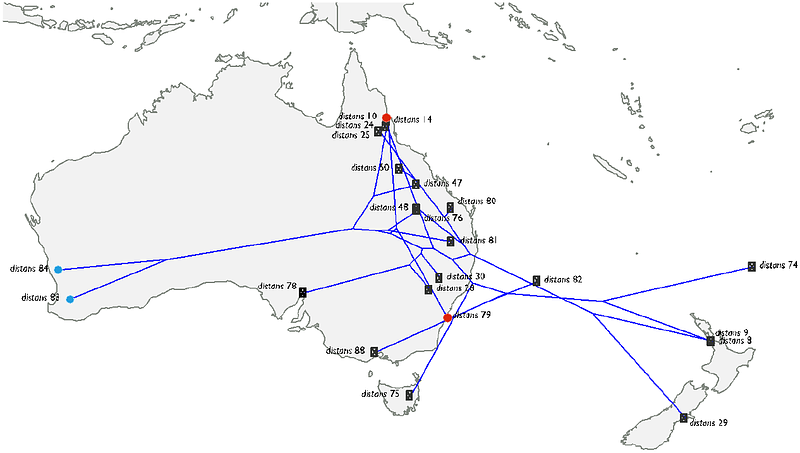Short steps can take you far: Phylogenetic analysis of Australasian Cheilanthes distans reveals frequent shorter-range dispersal

Short steps can take you far: Phylogenetic analysis of Australasian Cheilanthes distans reveals frequent shorter-range dispersal
Sosa, K.
AbstractBiologists have long pondered species\' geographical distributions and sought to understand what factors drive dispersal and determine species ranges. In considering plant species with large ranges, a question that has remained underexplored is whether large ranges are attained primarily through many instances of short scale dispersal or whether instead widespread ranges are attained by propagules with increased dispersal distances. Ferns provide an ideal system to explore this question as their propagules are very small spores, which have been theorised can be carried by wind to essentially anywhere on the planet. Unfortunately, population-level genetic data in ferns is relatively uncommon, limiting our ability to answer this and related questions. For this work, I focus on Cheilanthes distans (Pteridaceae) as a study system, a widespread fern with extensive spore variation that occurs over Australia and into New Zealand/Aotearoa, New Caledonia, and other Pacific islands. I sampled widely across the species\' range, in addition to across Australasian Cheilanthes (as a robust tree for the genus does not exist), ultimately building a phylogeny based on the GoFlag 451 bait set. With these data, we can investigate additional questions, including whether reproductive mode, polyploidy, or lineage influence dispersal, as well as whether movement is occurring randomly or is instead asymmetrical. I explored the relationships between sexual and apomictic specimens to understand whether the former are the parental lineages to apomictic plants and whether we find evidence for apomictic plants dispersing out of a small parental range. I investigated how many times polyploid lineages have arisen in C. distans and whether they are each limited geographically, perhaps forming isolated ranges that collectively result in C. distans\' larger range. Additionally, I generated estimates for ancestral ranges and dispersal between populations to understand whether certain lineages are limited to particular geographic regions, to explore the directionality of dispersal, and to assess whether most movement is happening over short or long distances. Particularly interestingly, I find that most dispersal in this species appears to occur over smaller steps rather than longer jumps, underscoring how short movement can nevertheless allow for establishment of large ranges; this dispersal is not limited phylogenetically and seems to occur equally for all lineages. What is more, I find evidence for asymmetrical dispersal directionality, apparently most frequently tracking trade winds. These findings demonstrate the importance of population-level data, and provide concrete results that add nuance to long-standing dispersibility hypotheses in the fern community that have, until now, lacked empirical data.


